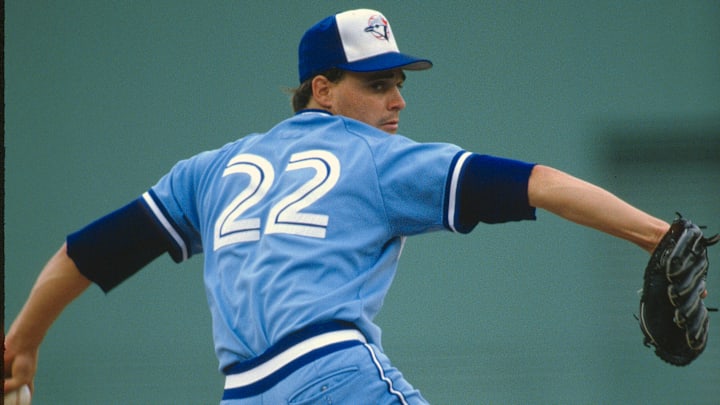#25 Carlos Delgado
This is one of the more star-studded number groups for the Blue Jays as Devon White, Troy Glaus, and Marco Estrada all wore number 25, but the top spot goes to the most dominant slugger the team has ever seen.
Carlos Delgado came up as a catcher in the early-90s, played some outfield, and didn’t move over to first base until 1997. He had a remarkable run of power that saw the imposing infielder hit at least 25 home runs every year from 1996-2004.
Delgado’s peak career arc was from 1998 to 2003 when his average season was 39 homers and 123 RBI. He was top-five in MVP voting twice, including a second-place finish in 2003 when had a league-leading 145 RBI, and a 1.019 OPS.
#26 Willie Upshaw
Willie Upshaw was a big part of the early-80s Jays teams that began turning things around and eventually transformed into a World Series contender.
In 1983, the team achieved its first winning season and Upshaw was front-and-center, hitting .306 with 27 big flies and 104 RBI. He played in 160 games, had a 136 OPS+, and placed 11th in MVP voting.
Upshaw was one of the most durable players on the Jays, averaging 154 games played between 1982 and 1987. Honorable mention to Adam Lind who ranks ninth-highest on the team's all-time home run list with 146.
